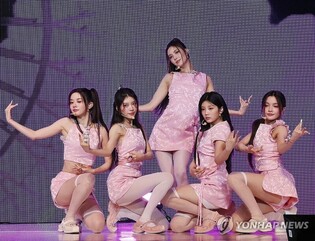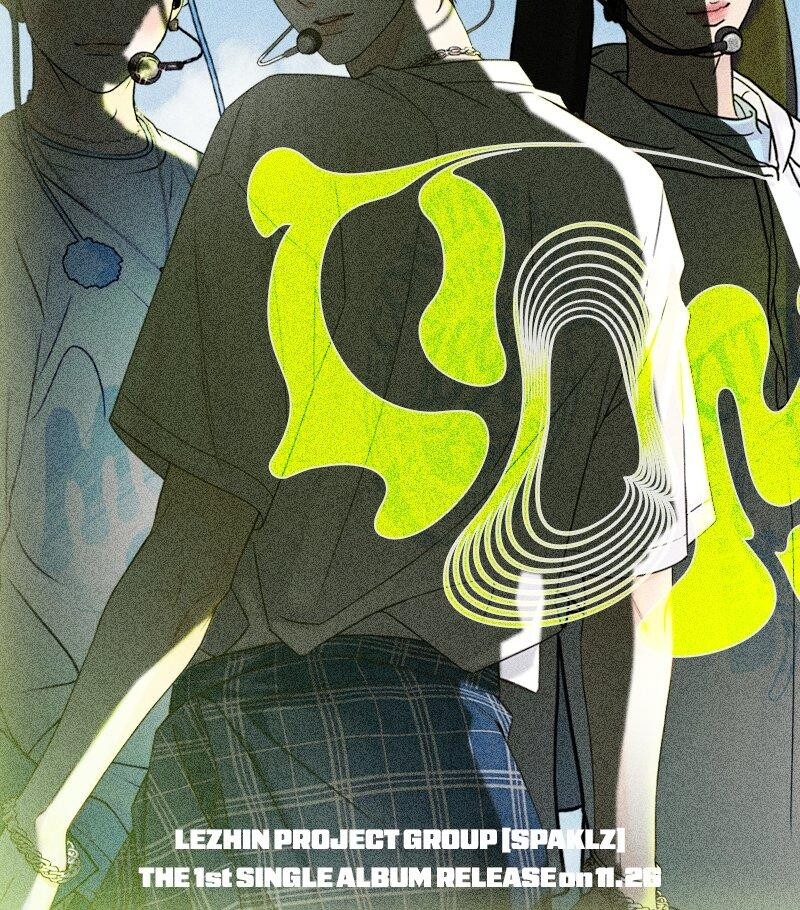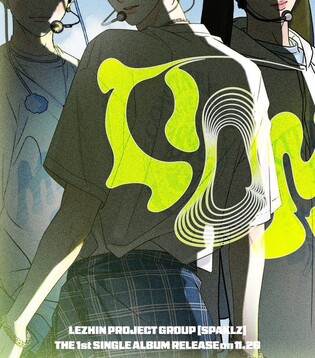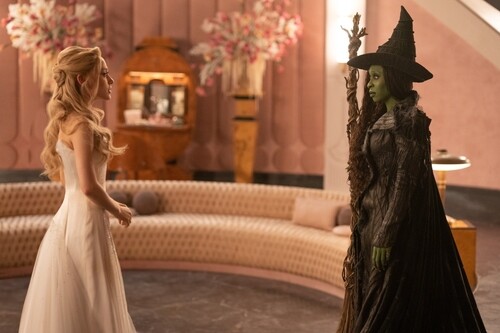Paik Nam-june’s 'Tiger Lives' – Part 4
By Lee Dong-il (Performing Arts Director, Guest Professor at Sogang University
 |
◇ 'Millennium Project, DMZ 2000: Tiger Lives'
The project "Tiger Lives" was initiated with the intention of transforming the DMZ, a symbol of the Cold War, into a global ecological tourism hotspot through artistic events, thereby showcasing the transcendental power of art over politics. This endeavor was a meaningful challenge, highlighting the influence of art in promoting peace.
In the project, the late Paik Nam-june, known as the "sick tiger," sang "I Shall Live in Geumgang" from his wheelchair, amplifying the project's intention. The noise from anti-unification groups was transformed into an experimental "Noise Opera" by Vitiello, blending cheers, screams, and warning sounds into a unique soundscape.
The visual representation returned to the fundamental elements of fire and water. Rituals involving fire for warding off evil spirits and water for New Year's purification were depicted alongside images of birds symbolizing peace, waves, and people dancing to disco music, representing life and vitality. The video imagery maintained a fast tempo, with black-and-white documentary footage of a tiger and lion fight interspersed, reminiscent of "Global Groove" images. The narration was recorded by renowned American broadcaster Russell Connor.
The 45-minute video art piece "Tiger Lives" served as the foundation for the approximately four and a half-hour long millennium performance "DMZ 2000." The event began with a procession along the Imjin River under the Freedom Bridge, leading to a temporary stage at Imjingak.
Actors representing the five races of the world symbolically performed a ritual on the frozen riverbank, led by cultural asset Park Byeong-cheon, to cleanse and honor the spirits of those who suffered from war, famine, and oppression over the past millennium. This was followed by the Korean historical play "Bojagi" and a multinational performance co-directed by Sandy Spiller of the American HOBT theater company and the author.
The performance illustrated the civilization of the past millennium through a physical score performance, culminating with the chorus of Kim Min-ki's "In Front of the Barbed Wire Fence." As the performance progressed, the ice wall symbolizing division crumbled, and the barbed wire burned, marking the dawn of a new millennium.
Ko Un's poem "Song of the 2000 Armistice Line" was performed in pansori by Park Yoon-cho, resonating throughout the venue. The peace bell rang 21 times, and Paik Nam-june's video art sculptures "Wolgum" and "Cello," symbolizing East and West, were brought onto the stage. These sculptures featured fresco decorations inspired by Goguryeo murals by artist Jin Young-sun.
The monitors within these sculptures, along with real-time broadcasts to 87 countries, showcased "Tiger Lives" for 45 minutes. The event concluded with globally renowned installation artist Kang Ik-joong's "One Hundred Thousand Dreams," where 2,000 peace-themed postcards from children worldwide were released from balloons into the sky, wrapping up the four and a half-hour performance.
 |
| ▲ This photo provided by the author shows "Millennium Project, DMZ 2000: Tiger Lives" of the project "Tiger Lives." |
◇ What Does the Millennium Mean to Us?
This project began with this question. The concept of the millennium is rooted in Western timekeeping. For those of us who recount a 5,000-year history, it requires dismissing 3,000 years mathematically. Yet, being a unique time that cannot be experienced again in a human lifetime, it also compels us to celebrate our existence in this era.
Indeed, the span of 2,000 years and the space it occupies is but a speck in the vast universe. Despite this, it prompts reflection on cultural, historical, and religious significance, both on a personal and global scale.
The past 2,000 years have been marked by Western linear and dichotomous thinking. The progress of civilization has been understood as a vertical concept where B is seen as an improvement over A. This perspective has caused much pain and reflection. The new millennium should be harmonized with the Eastern philosophy of yin-yang and the five elements, emphasizing coexistence and mutual prosperity. The meeting of East and West should become the grand trend of the new millennium.
We decided to interpret this performance with two meanings: a reflection on the past millennium and a blessing for the new one. The choice of the DMZ as the venue was deliberate, symbolizing a space of reflection on the violence and war of the past millennium and a place to wish for reconciliation and unification in the new millennium. By adopting a multi-ethnic multimedia performance format, rather than a unification wish ceremony exclusive to Koreans, we aimed for the whole world to reflect on past mistakes and find alternatives.
Thus, the goal was to transform the DMZ, a globally unprecedented political symbol of division, into an ecological symbol of coexistence.
Where does the artistic stature of Paik Nam-june, introduced as the 8th most investment-worthy global artist by the German economic magazine 'Kapital' in 1999, stand today? While it's good to acknowledge Paik Nam-june as a world-renowned artist with investment value, it’s essential to view him as Korea’s pioneering artist who created a previously non-existent art genre.
Paik Nam-june, who passionately sang "I Will Live in Geumgang" from his wheelchair, yearning for unification. The cheerful Paik Nam-june who lightened arduous journeys with laughter. The pure-hearted Paik Nam-june who was thrilled, declaring "The tiger has won" after watching the globally broadcasted performance video. The warm Paik Nam-june who sent heartfelt letters and signatures to the 200 creators involved.
It is hoped that many small tigers, endowed with ingenious creativity and an indomitable spirit of challenge, will emerge to carry forward his advocated value of "humanized technology."
(C) Yonhap News Agency. All Rights Reserved


































